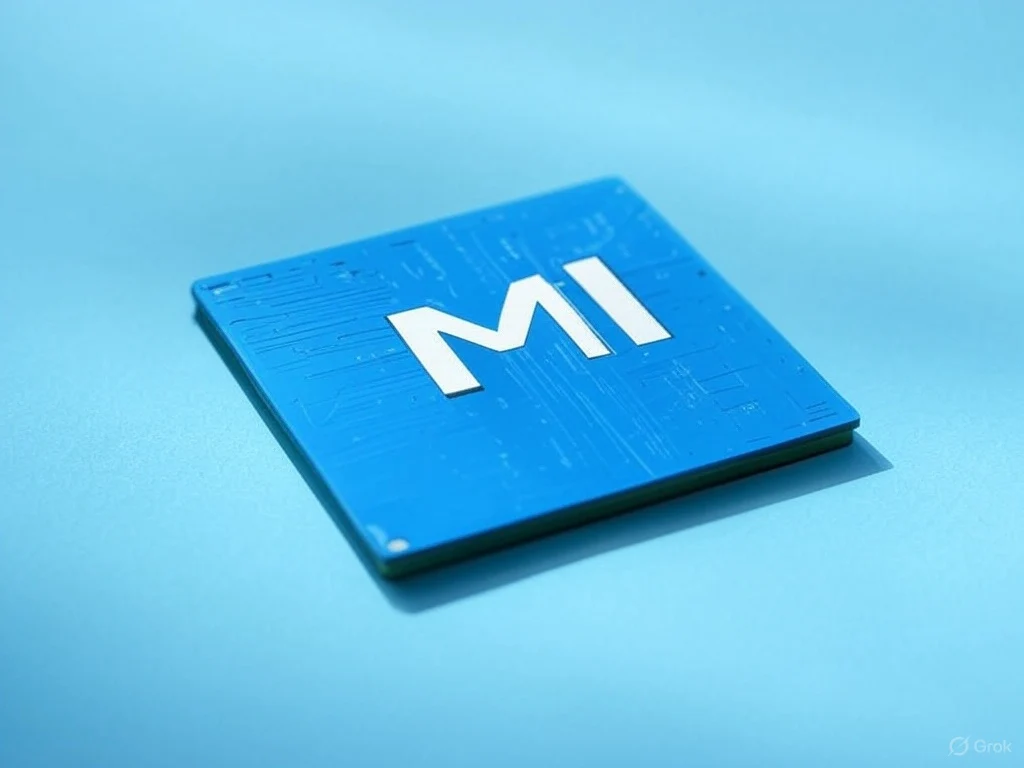Key Takeaways
1. Xiaomi may introduce overclocking features for CPUs and GPUs in Android 16.
2. Users can adjust parameters like voltage and frequency, but there’s a maximum limit for safety.
3. A “Chip performance dashboard” will likely facilitate access to these features without needing a rooted phone.
4. Users can optimize performance or underclock for better battery life, but caution is advised for inexperienced users.
5. These features may debut with Xiaomi’s in-house SoC, potentially limiting Qualcomm’s influence on user modifications.
While PCs and laptops allows users some flexibility in adjusting their hardware, doing the same on smartphones is much more complex. Xiaomi might change this with Android 16, if the latest information from Kacper Skrzypek is included in the final version.
Potential Overclocking Features
Xiaomi could allow users to overclock their CPU and GPU. It appears that some adjustable parameters may include voltage and frequency. However, you can’t just crank it up as much as you want because there’s a limit to how high you can go. After setting the parameters, the device will restart to check if it can actually handle the new settings.
If it can’t, the settings will go back to the original defaults. These options are likely to be located in a new “Chip performance dashboard.” Until now, accessing these features generally needed a rooted phone, so it would be great if that requirement is removed.
Fine-Tuning Performance
This should ideally allow tech enthusiasts to optimize their smartphones even more and gain better performance when required. On the flip side, underclocking the SoC for enhanced battery life will also be available. But if you’re not experienced with over/underclocking, it’s wise to leave these settings alone.
There’s a strong possibility that this feature could launch with Xiaomi’s long-anticipated in-house SoC, as Qualcomm may not be thrilled about users tinkering with clocks and possibly damaging their phones in the process.



